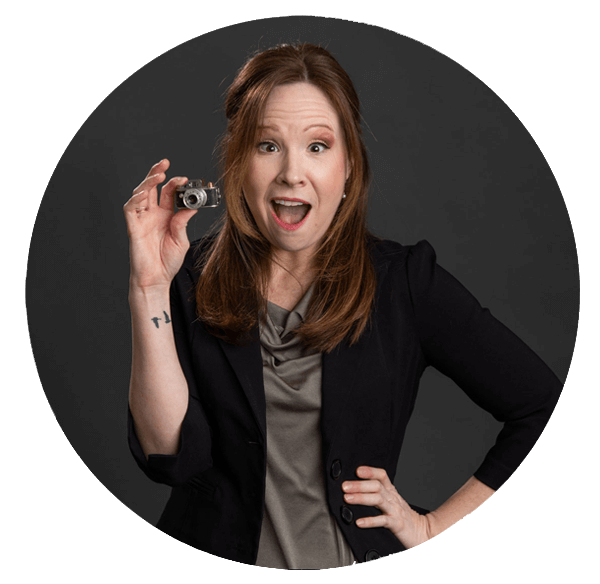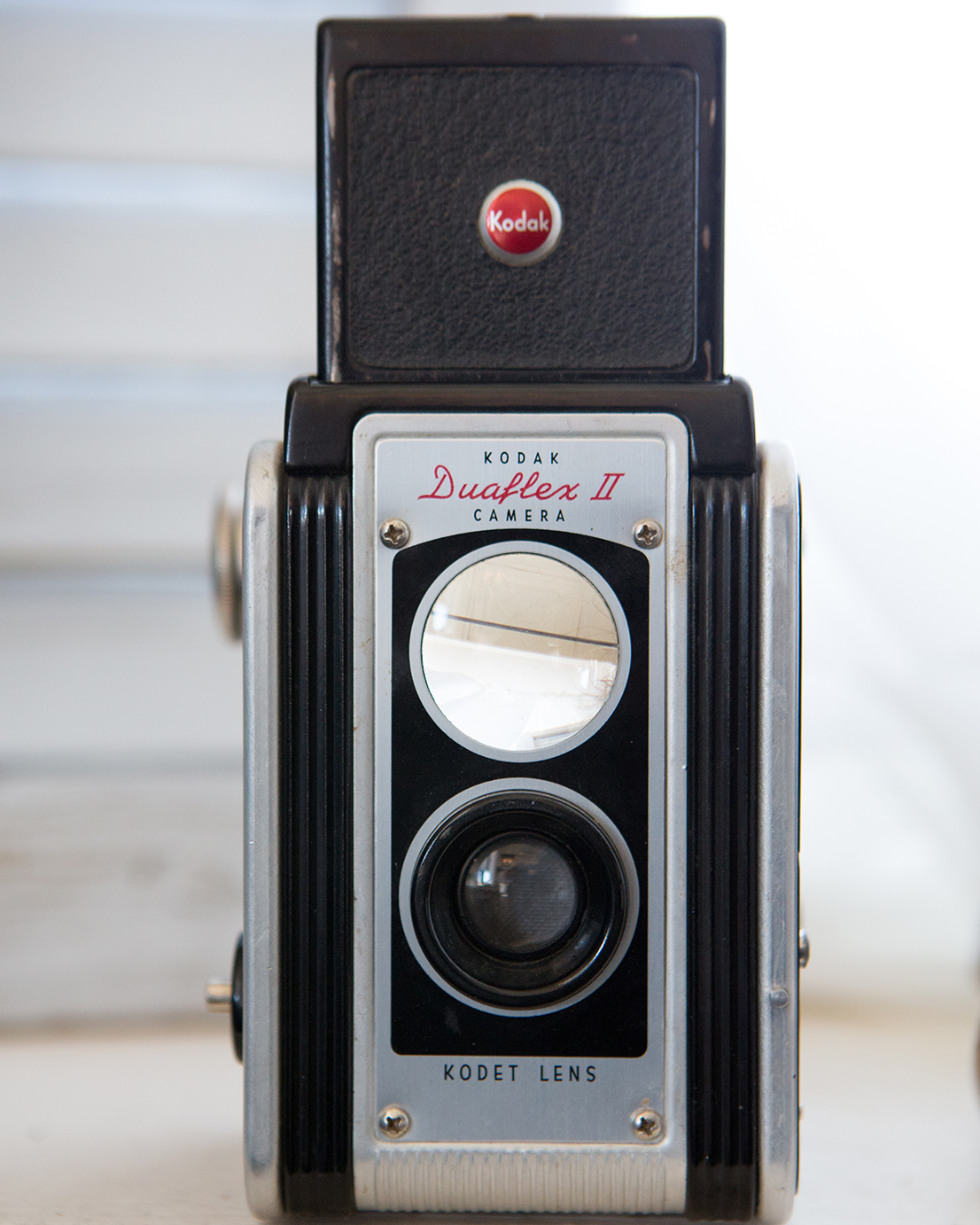
This will be the first of a five part series I am dedicating to young professionals and amateur photographers. Enjoy!
We love to make plans. As children, we plan our future with the eclectic and colorful strokes of a fresh imagination. Imaginations are one of our favorite childhood toys. As we age, however, the necessity of the plan becomes painfully un-fun and realistic. Tangible necessities like food and transportation wash away the masterpiece we once created … only to be replaced with a simple, depressing line of internal questioning: What if I lose my job? What then? Hovering around this business for so many years, I’ve watched many trends ebb and flow with time. Film and darkrooms — a staple of the past century — all but vanished with the whisper of just a few years. But, the influx of new photographers over the last several years, a product of readily available professional technology and high career turnover, presents many with the perfect backup plan. And why not? It’s an out-of-the-box  solution to an otherwise life-altering dilemma:
solution to an otherwise life-altering dilemma:
- It’s the ultimate gadget-loving Plan B complete with keystroke-happy software and awesomely expensive hardware.
- It’s the hipster business that feels like art, or, art that finally feels like business. Either of the two work.
- It’s the fallback plan that conjures up nostalgic memories of a semester on the yearbook photography staff. It worked for me back then, you say to yourself … anyone can do it.
Don’t feel bad, everyone has the backup plan. You know, the one that purports to maximize profit while minimizing effort, knowledge, or skill. It’s the simple-fix like real estate flips, Mathew Lesko government cash grabs, and, yes … photography. And, the job seems simple enough when we’re planning our assault on the creative world. The reality, though, can be sobering and professionally defeating.
After watching dozens of photographers come and go over the last few years, I started thinking about the many intangible lessons I’ve learned … the ones the shiny Canon box at Best Buy will never tell you. New photographers, gear up for a bumpy ride!
Top Five things new photographers should think about before opening a business (but usually don’t)

Adrienne and I were absolutely hounded by photographers all day. Make the best of it! They’re not going anywhere.
Who’s my competition? Any business owner who fails to understand the nature, scale, and quality of their competition is predictably doomed to exit their market sooner than expected . As artists, though, we live in protective bubbles as if the rules of business don’t apply to us. But they do … as many former photographers will tell you.
A few weeks ago, I photographed an event with an extraordinarily talented young photographer I know. At some point during the evening, I asked about her competition. We all appeal to different sets of clientele, after all, so I’m usually interested to know about the clients they’re “shooting for.” With an almost mechanical regurgitation, she told me about local photographers who shared her style, price point and artistic equivalence. Impressively, she knew every wedding photographer within a fairly large radius. Sounds like the right answer, right?
In the middle of the conversation, a man carelessly stepped in front of my shot. Carrying an iPad of all things, he began shooting the couple in front of me … with an iPad. When I politely asked him to move, he glared back and mumbled something about annoying professionals and their fancy cameras. And why not? I was, after all, in his way. I turned to her and asked the question again: “who’s your competition?”

Always seems like someone is staring back at you with a lens when you’re hoping to get happy expressions.
Ten years ago, I methodically analyzed my competition in exactly the same way. Unfortunately, that process is fatally flawed in today’s market. As digital technology becomes more readily and inexpensively available, amateur and novice photographers continue to multiply at events once dominated by a single professional. Disposable cameras were annoying, sure. But a room full of iPhones, Androids, iPads, and point-and-shoots will destroy the moment. Moreover, if the sheer number of photographers doesn’t interfere with our canvas, the bored, mummified looks of guests staring blankly into an iPhone will. To counter this, the next generation of stand-out photographers will recognize this reality and learn how to continually raise the bar above Uncle Frank and Cousin Sandy. If we can’t grasp that our competition does not advertise (but is always ready to shoot a wedding for a family member), the quality and uniqueness of our profession will diminish dramatically.
Unfortunately, this is the landscape. We’re all hopelessly connected and perpetually filling ourselves with expendable data that is both impossible to remember and difficult to attach to an emotion. Yet, each wedding we shoot is more dominated by emboldened, digitally-attached cell-phone photographers.
And I ask myself … why? To add a few foggy pictures to a timeline that few people will ever remember? For our clients, those pictures — the ones featuring an endless horde of background people plastered to their devices — will be their lifetime document. And that document will always remind them that Facebook and a quick Twitter held more interest than their wedding.
So, my simple advice to young professionals?
First, value your services and communicate that value with zeal to your customers. Uncle Frank is probably a great friend and fine photographer, but no amount of free work will ever replace the emotional distress that follows an amateur product. No fault of Uncle Joe’s, but most photographers have no idea what kind of pressure is associated with a twelve hour wedding. Communicate this to your clients. In essence, professional quality is both emotion and salient value in our business … and emotion ultimately drives your client’s connection their product.
Second, stand your ground, contractually speaking. I will talk about the business-end of photography in a later post, but contracts present a primary stumbling-block to many professionals. We don’t use them nearly enough to protect our initial marketplace — the wedding. In my contracts, for example, I try to specify what kinds of photographic equipment are acceptable during particular phases of the wedding. Of course, I customize these clauses to fit particular venues, wedding sizes, and customer relationships. It’s not reasonable, for example, to expect guests to hide their phones throughout a reception; however, it is perfectly reasonable to require that a coordinator request that flash photography be prohibited during critical milestones — cake-cuttings or a first dance. A few years ago, I used this device to simply protect my market and the print sales that naturally ensue. Establishing simple rules of engagement beforehand would have significantly protected my ability to work.
It takes a great deal of work to make this kind of territorial marking stick, but working closely with your client as her advocate and partner will build the value of such a move.
Now … You tell me. In an overly-plugged-in landscape, who exactly is your competition?
Check back next week for the second installment in this series!






